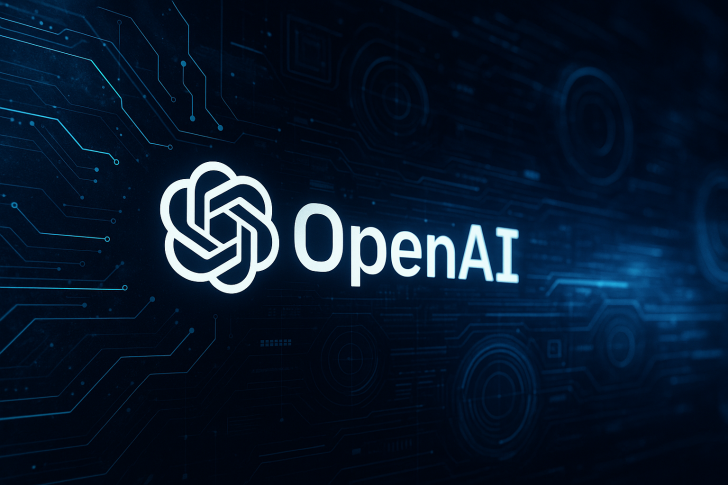For years, the AI race has belonged to those with the deepest pockets. OpenAI, Google, and Anthropic spend billions on massive compute clusters and enormous datasets. The unspoken rule: if you want state-of-the-art performance, you need state-of-the-art infrastructure.
The 78-Sample Claim
But a recent paper, highlighted by Alex Prompter on Twitter, suggests this paradigm might be crumbling. The claim? Breakthrough AI results achieved with just 78 carefully selected samples. If this holds up, it could mark the beginning of an era where clever methodology beats raw computing power — and where smaller players can suddenly compete with tech giants.
Traditional wisdom in AI goes like this: more data and more compute equal better models. That's why GPT-4 trained on hundreds of billions of tokens, and why companies are racing to build ever-larger data centers. Scaling laws have been gospel — performance improves predictably as you throw more resources at the problem.
But recent research is challenging this: Papers exploring synthetic data generation and targeted training strategies show that smart data selection can dramatically outperform brute-force approaches. The "78 samples" finding fits this trend, suggesting that with the right methodology, a tiny, curated dataset can deliver results that previously required massive scale. Whether through data augmentation, strategic selection, or novel training techniques, the research points to efficiency gains that seemed impossible just months ago.
Why Big Tech Should Pay Attention
This isn't just an academic curiosity. Cost efficiency suddenly matters when billion-dollar training runs might be matched by researchers spending a few thousand dollars. The barrier to entry drops dramatically, opening AI development to universities, startups, and independent labs that were previously locked out by infrastructure costs.
Faster iteration becomes possible too. Instead of waiting months for a training run to complete, teams could experiment weekly or even daily. That acceleration in the innovation cycle could be more valuable than any individual breakthrough.
Perhaps most importantly, it challenges the moat that Big Tech has built. If OpenAI's competitive advantage isn't their compute budget but something more reproducible, the entire strategic landscape shifts.
Extraordinary claims need extraordinary proof, and this one raises immediate questions. Can independent researchers reproduce these results, or is there something specific about the setup that doesn't generalize? Does this work across different types of tasks and model architectures, or only in narrow scenarios?
 Peter Smith
Peter Smith

 Peter Smith
Peter Smith


